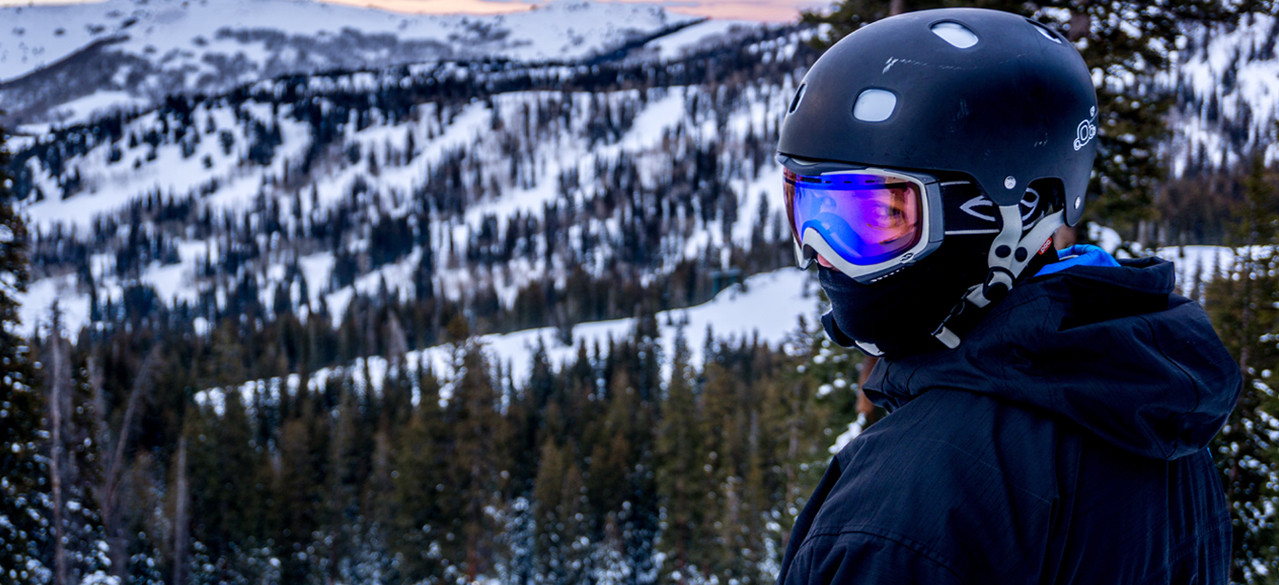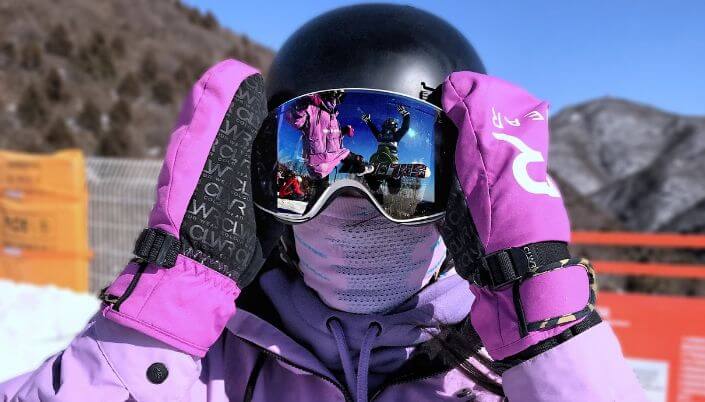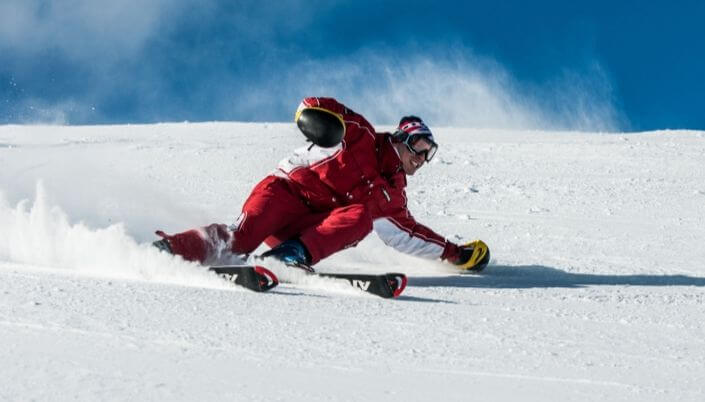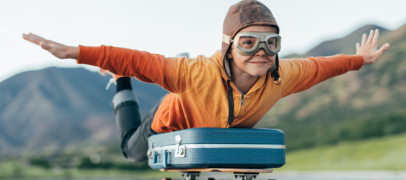

How to Choose a Ski Helmet: Steps, Specifications, Suggestions
26 Nov 2012 by Olga Brighton
All professional sportsmen and gear manufacturers say that if you don’t wear protection you should better not ski or snowboard at all. If you are going to participate in winter sports you should, you must and you are even obliged to wear protection. All riders sooner or later come to this conclusion. All drivers, who have got into a car accident, wear seat belts, all riders, who suffer an injury, always start wearing protection. So why would you take a risk and wait for a casualty?
No one argues that winter extreme sports are dangerous. Hurting a limb is dangerous for your health but damaging your head is dangerous for your life. That is why you should start your protection with a head! No one doubts that there are many reasons to wear a ski helmet. So how to choose a ski helmet?
Specifications

A short list of helmet specifications you should know about:
- Helmets usually consist of 3 layers: exterior shell and two internal shells: cushioning layer and comfort layer. First two layers are responsible for cushioning an impact, the third layer is just for your comfort.
- The external layer is usually made of very thin, rigid ABS (acrylonitrile butadiene styrene) or other high-impact plastic. It should not have any visible damages or scratches. There are also modern helmets made from polycarbonate. They are more expensive but the material is more crashworthy. If you are not going to go off-piste then a standard ABS helmet would be enough for riding.
- Protective inner layer is usually made of EPS (expanded polystyrene) or other foam material. There is nothing to tell about this layer as it is possible to check it only during a strike. So just trust the manufacturer and… let’s move on.
- Helmet venting is rather important as bad venting causes head overheating that result in less satisfaction from riding. Unless you like riding with a microwave on your head. Again, you won’t be able to check that until you go to a slope.
- Brim is optional. It protects your eyes from the sun, but it is definitely not the most important factor of choosing a helmet.

- Modern helmets have a so-called “Audio compatibility”. The helmets come with integrated headphones and a cable for a player.
- Goggles. If you prefer riding with goggles it is better to buy goggles and helmet of the same manufacturer.
- Open-face vs. Full-face. Full face helmets are helmets with a firm protection for your chin. Open-face helmets look like bicycle helmets, full-face helmets look like motorcycle ones. Full-face helmets are very expensive. They are usually worn by real professionals.
Steps
To choose a helmet you should follow a few easy steps:
- Try on the helmet not fastening the belts and shake your head. The helmet should not move at all.
- The closer it sits on your head the better. This results in a better distribution of a strike and less harm to your head. If there are pores under the helmet you take the risks of crashing the helmet. And not only helmet…
- The helmet should not press your head otherwise it will result in constant headaches.
- Clasp the helmet and make sure that you feel comfortable with it. It should sit down onto your forehead until just above your eyebrows.
If the helmet fits well try to wear it with goggles. Who knows, perhaps you’ll need them one day.
Suggestions
If you buy a helmet for your child you should not think about larger size. Helmets should exactly fit the head. Why don’t you give him your helmet then? The helmet should distribute pressure during a strike, not just protect a head from brute force.

A helmet is a must have if you are riding off-piste or go into freestyle when a chance to fall or damage oneself is very high. All helmets should correspond to world standards like CE, ASTM, Snell RS-98 that include a number of crush tests upon different conditions to check helmets safety.
Life cycle of a helmet is 2-3 years or one powerful strike. Even if you don’t see any visible damages on your helmet we would suggest you to purchase a new one as the durability of a helmet might become lower. If you see a scratch on the helmet after a strike you should say thank to the helmet, give it a medal and search for a replacement.
As always, do not forget to check our winter sports covers for your vacations. Don’t take risks! Enjoy your winter sports vacations!
Read more: Why Winter is the Best Time to Buy Annual Travel Insurance
We accept

.png)